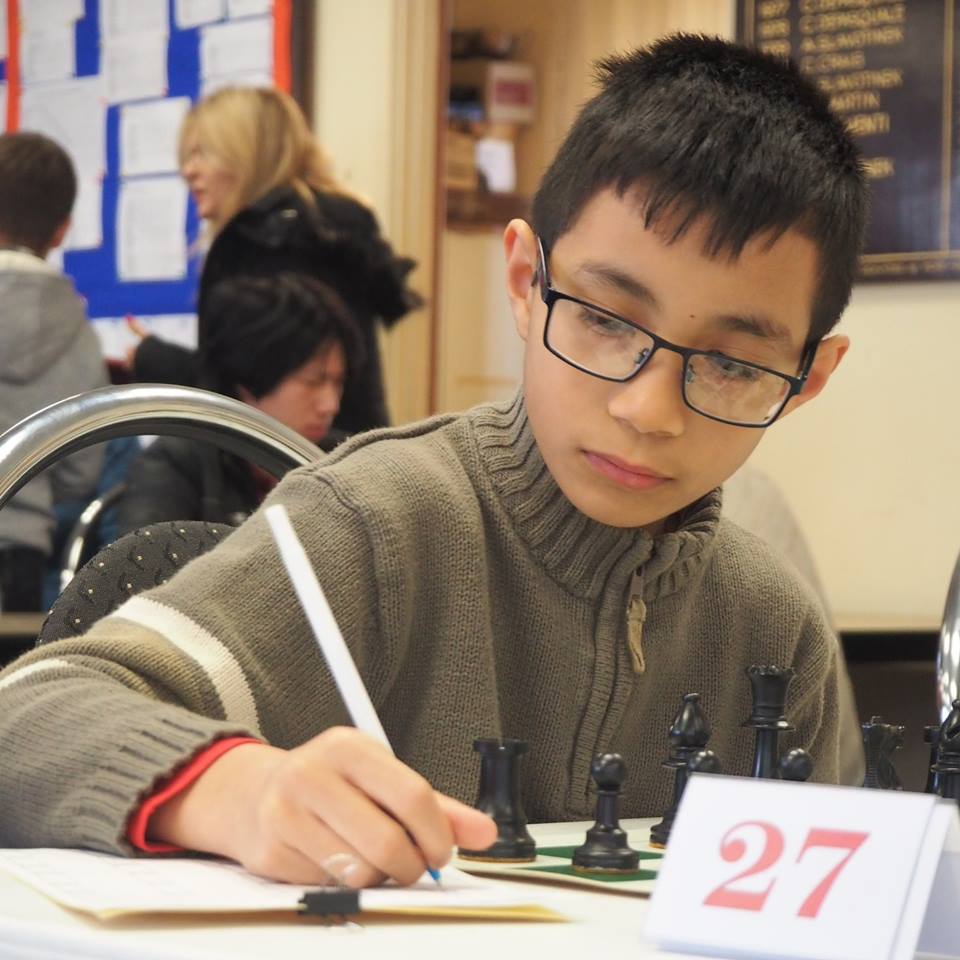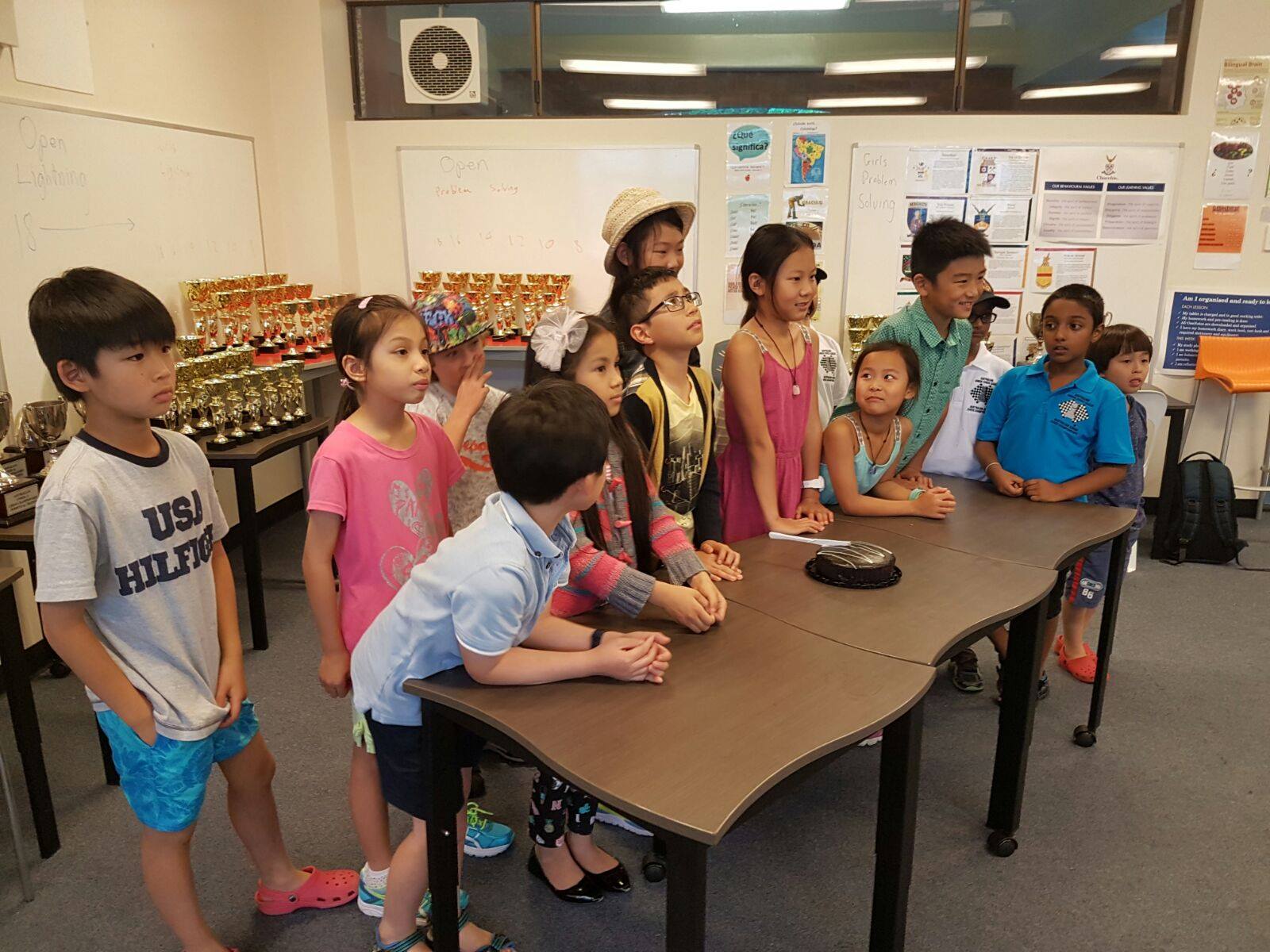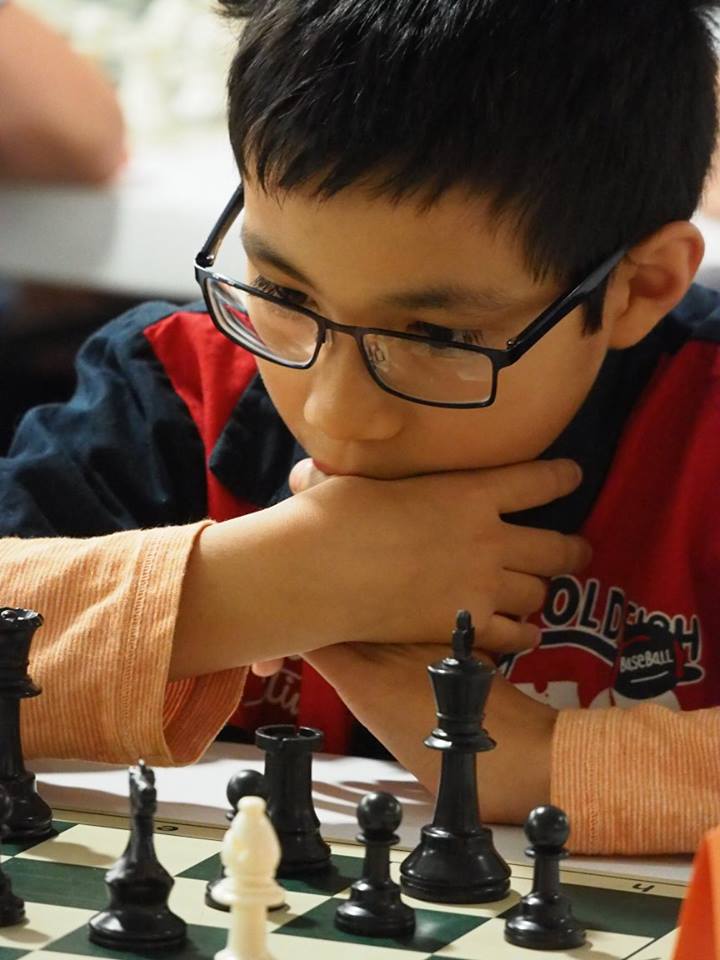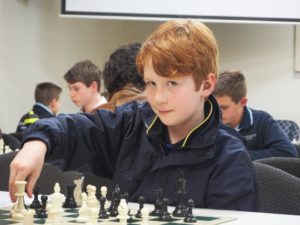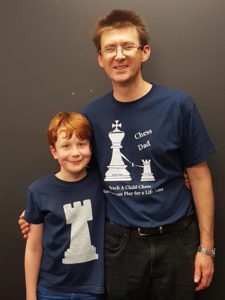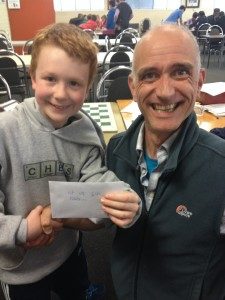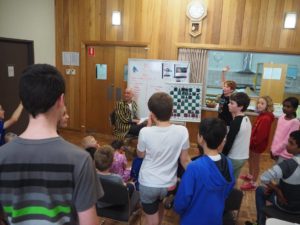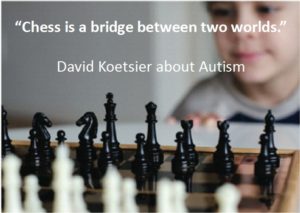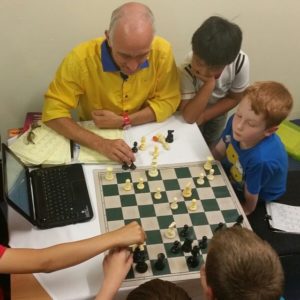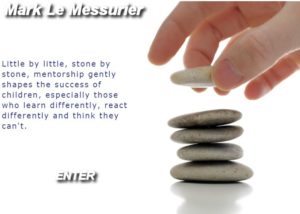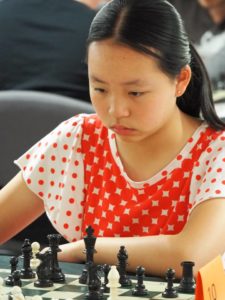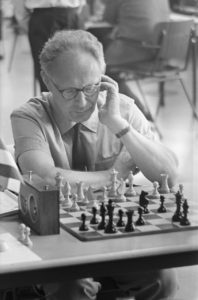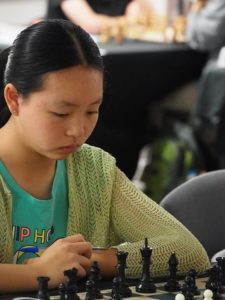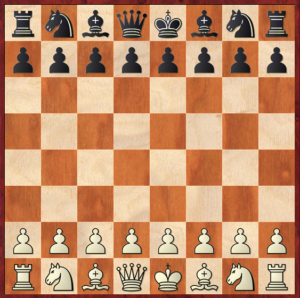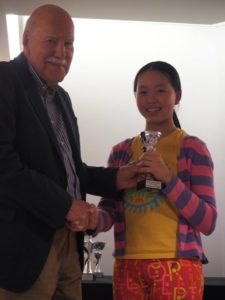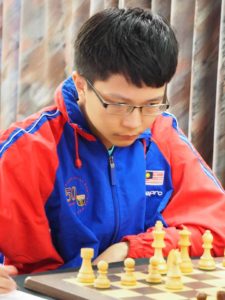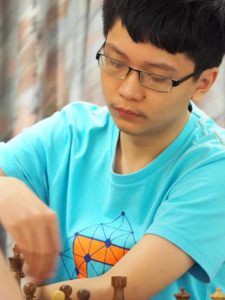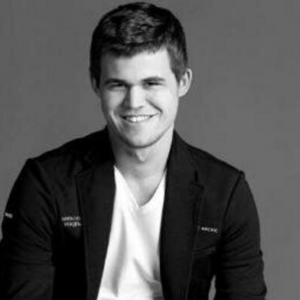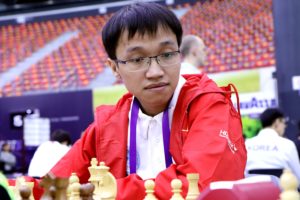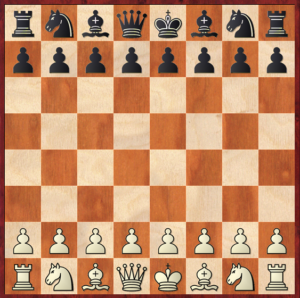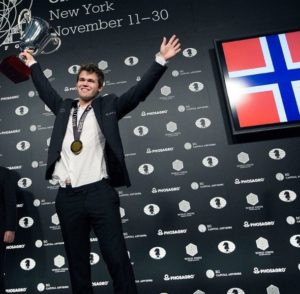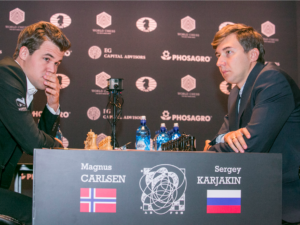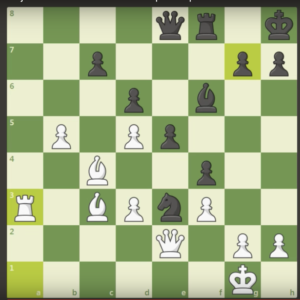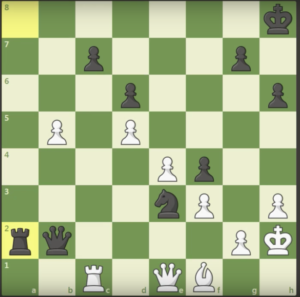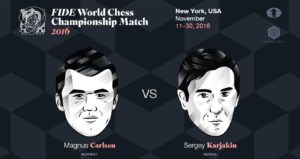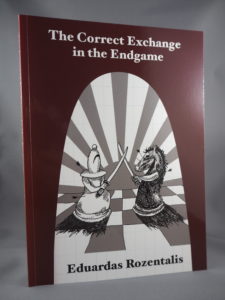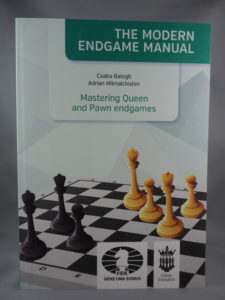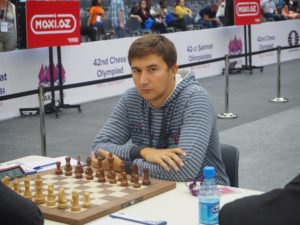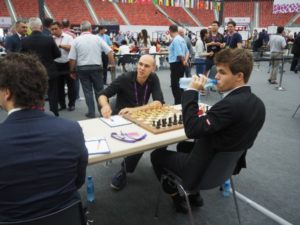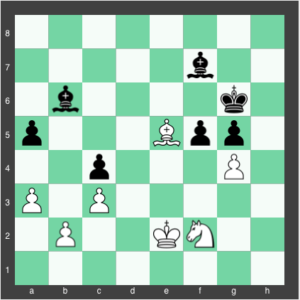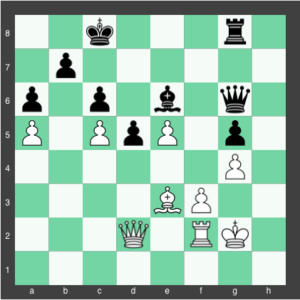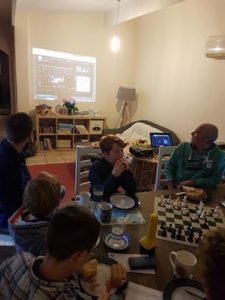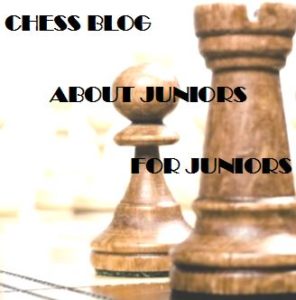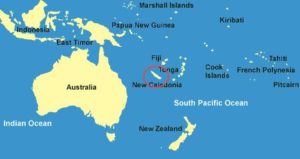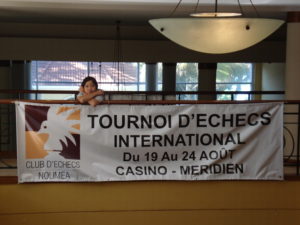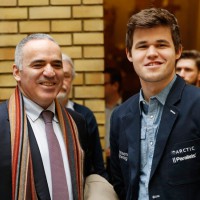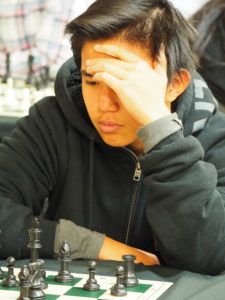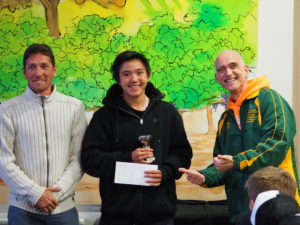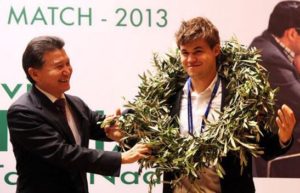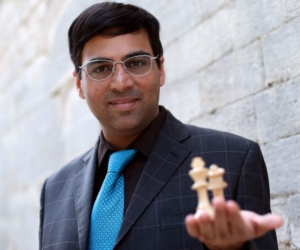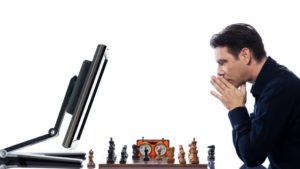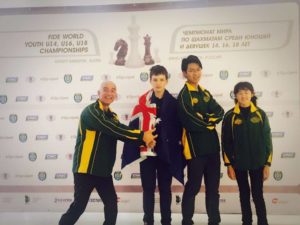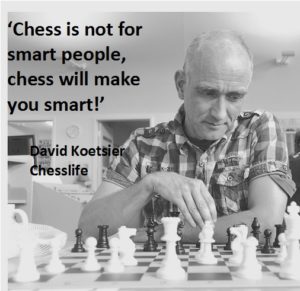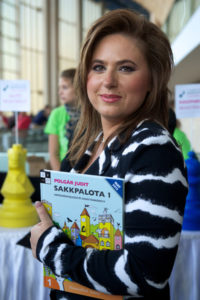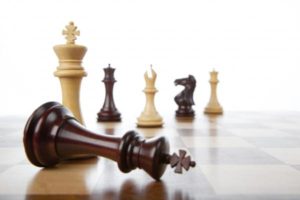Junior chess in South Australia has been steadily growing over the last few years, with more tournaments being hosted and more competition among the junior players. But how are we comparing on a National level? Do SA students have what it takes to play interstate? And when do you know it is time to travel across the country to play in a chess tournament?
We spoke to local player Ethan and his mum about their journey over the last 12 months from when they started travelling interstate and how it has changed his play.
Ethan Retnaraja started playing chess when he was 6 years old and had just started year 1 at school. He very quickly rose through the ranks at his local club. In 2015 he won the Most Improved Player of the year award at the Campbelltown Library and in the same year competed to claim the distinction of Under 9 South Australian State Chess Champion.
He captained his schools team in the Interschool Chess Championship C grade in 2015 followed by becoming Interschool Champions in the B Grade in 2016. While competing in state-wide tournaments boosted his confidence over the board and at school, his parents decided it may be time to play in stronger fields across the state borders.
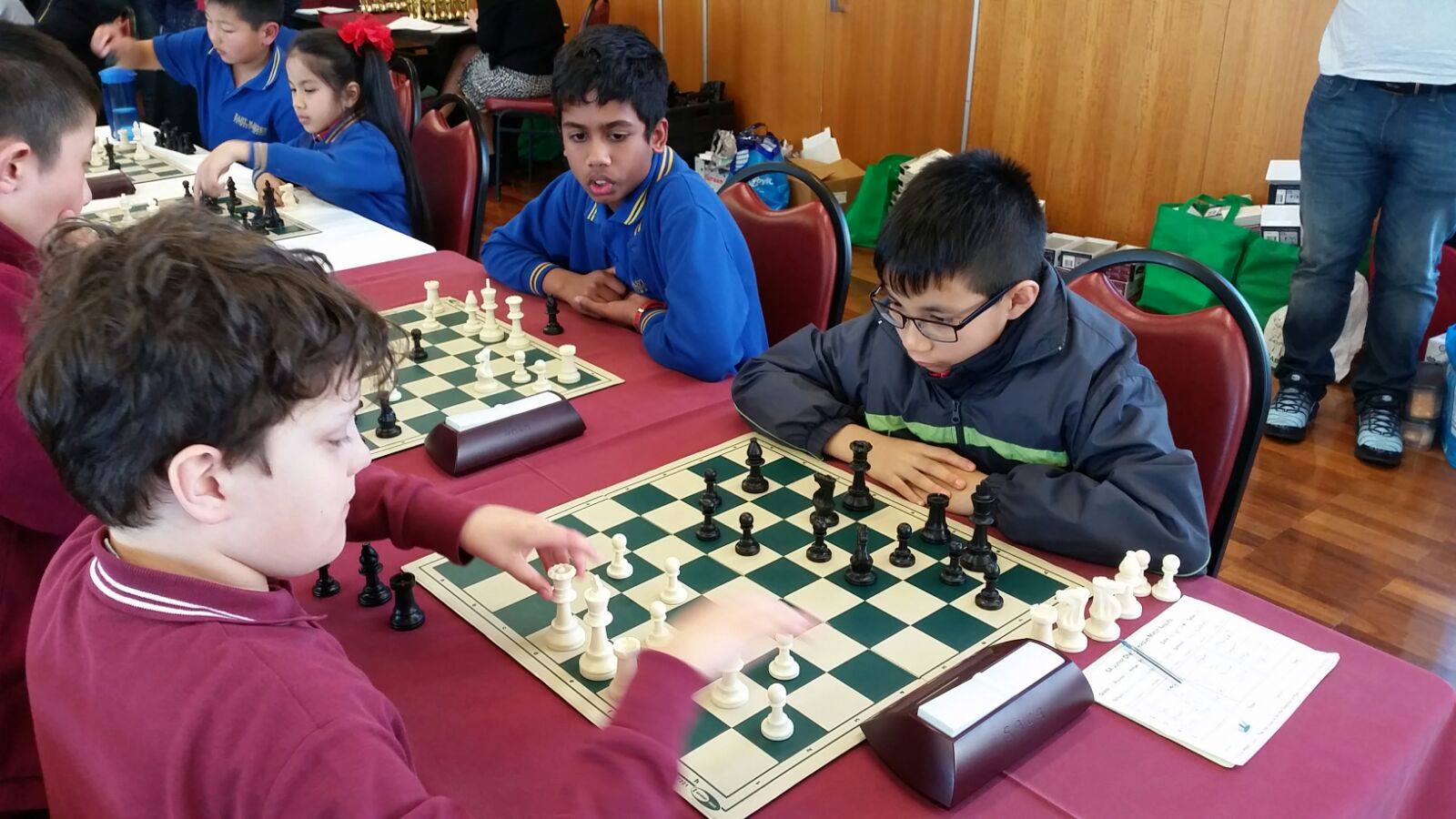
In 2015 on advice of their coach, they entered in the U1200 category at the Doeberl Cup in Canberra. It was here, he says, he learnt what ‘real chess’ is about. After this tournament, a complete change was seen in Ethan’s play.
In Canberra, Ethan met Australian Champion Bobby Cheng and saw the premier group (international and grandmasters) every day in the main hall. He admired how the top players behaved in competition. They took their time and treated their games seriously. Ethan wanted to do the same.
Ethan’s mum and number one fan Jocelyn Ho saw the change in Ethan first hand. ‘Now,’ she says, ‘His chess skills continue to rise and he is playing more calmly and thoughtfully than ever.’
***
Playing around the country does not only provide you with the benefits of being able to play against players you have never met before, it also allows you to experience a different culture, meet new people and explore new sites. Often these trips can be incorporated as part of a little family holiday. As Ethan encountered, it means that junior players are able to interact and observe top players and learn from their example. The whole process of travelling to an interstate tournament can lead to a change in attitude both towards chess as well as personal growth.
If you are thinking about adding an interstate tournament to your calendar, why not have a chat to your local chess coach and see what they think.
There are many tournaments available around the country and getting some advice on which one would be suitable is the best approach to ensure the experience will be a positive one for everyone involved.
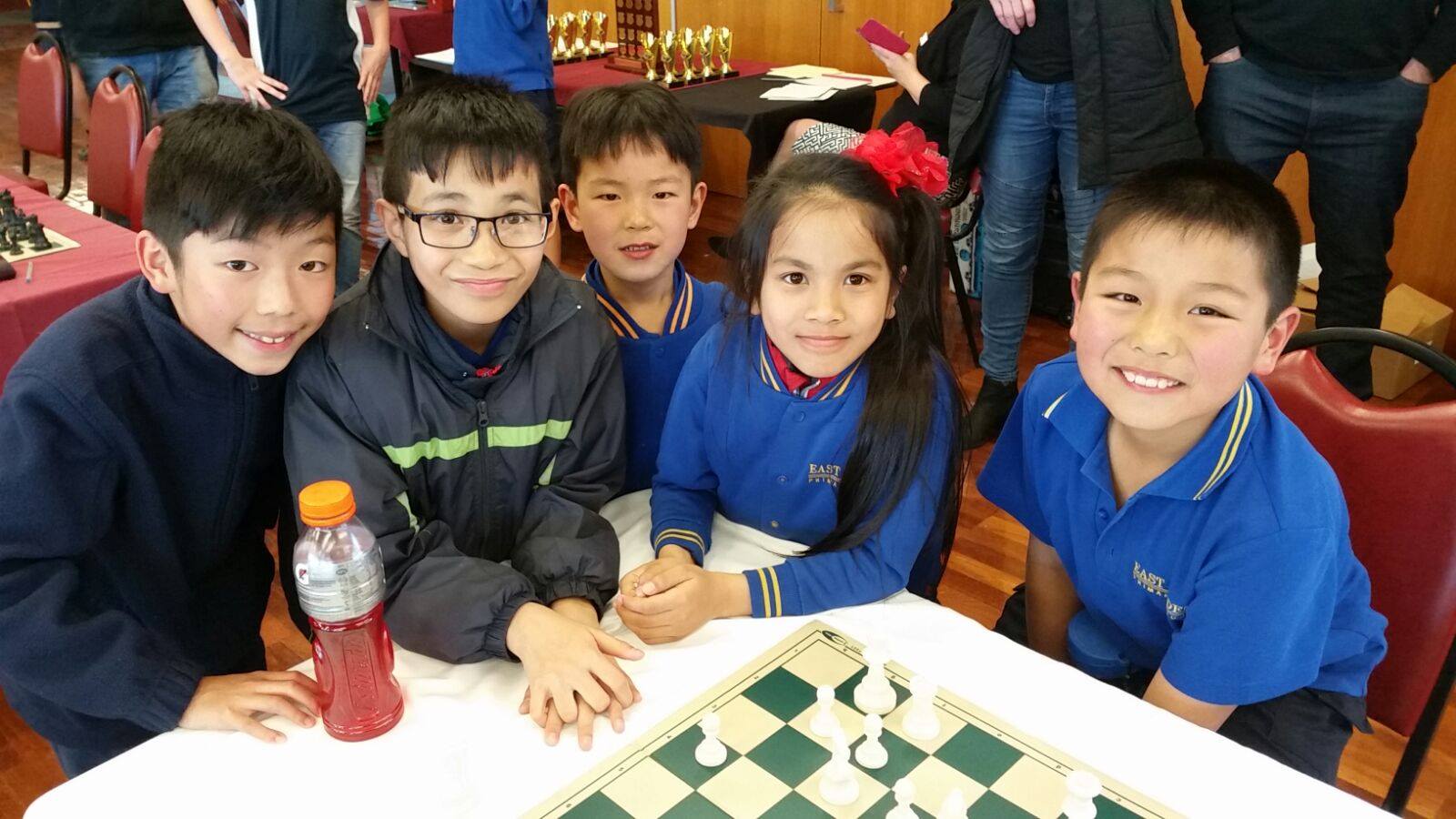
***
Now even when Ethan wins, he goes over his games and tries to see where he could improve. ‘If you win you can improve the spots that were bad,’ he says. He no longer tries to rush his moves, but is slow and steady. He learnt that when you concentrate harder, you succeed. ‘If you’re going really fast you don’t think and you lose.’
A large part of tournament play is representing yourself. ‘In a tournament you’re on your own, you’re an individual,’ Ethan tells us, ‘This tournament is the hardest I’ve ever been in. There’s really tough players that have high rankings.’
Ethan sees a future for himself in chess: ‘Chess is very serious, not just a game. When I’m 12 years old I want to compete at a high level.’ But that doesn’t mean he doesn’t celebrate his wins. At the Australian Junior Chess Championship in January last year (2016), he surpassed his own expectations. ‘I was very nervous because most of the players looked like they were tough. I beat some of them, which felt very good.’ On his latest trip to Brisbane while playing in the Australian Junior Chess Championships, he came fifth in the U10 age category.
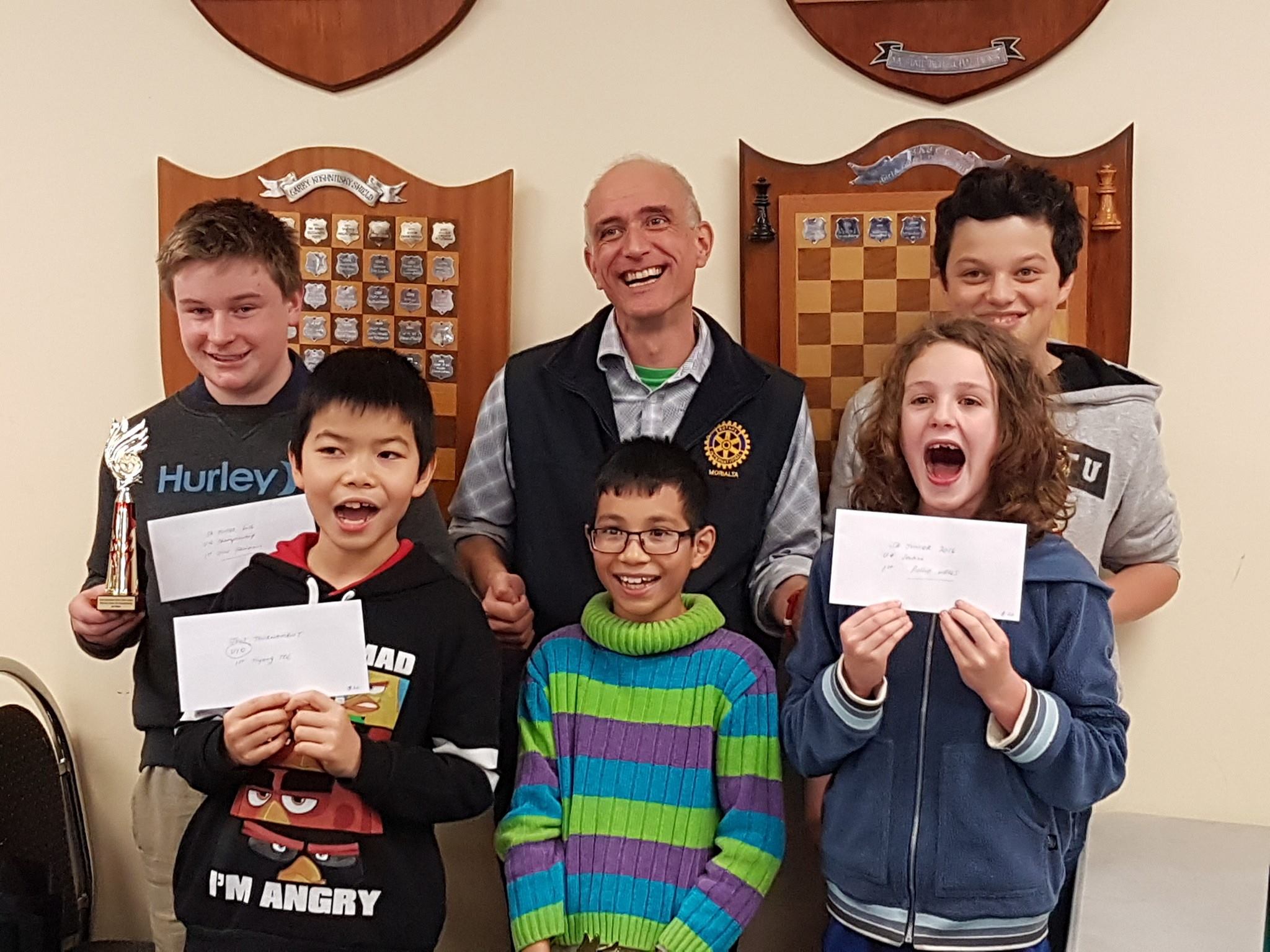
***
Victoria, Queensland and New South Wales certainly still have the strongest players and of course more juniors participating in each tournament, but South Australian players are slowly coming through the ranks and being noticed on a national level. With SA represented in almost every category in the Australian Junior Chess Championship in 2017, it was clear that the change has come. SA players have what it takes to play interstate and should not shy away from starting to schedule in some ‘chess holidays’.
And the best thing about national tournaments is the community that is being build. Every year, students from around the country meet and socialize. Birthdays are shared and friendships are built. Time in between rounds are spend playing transfer chess or soccer and cricket.
Being part of the Australian Junior Chess community is the most worthwhile experience of playing interstate.
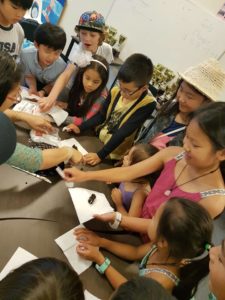
***
Ethan’s proudest moment was at the Doeberl Cup. He says, ‘I felt proud because there were only three people from Adelaide including me. My chess coach David thought I was good enough to play interstate which made me more confident playing chess.’
We’re certain that this is only the beginning of Ethan’s wins and love for the game!
